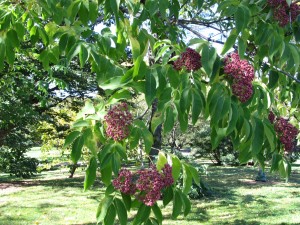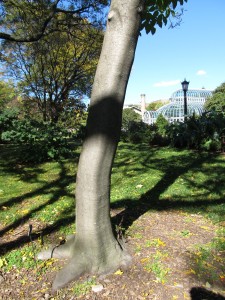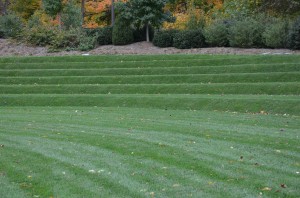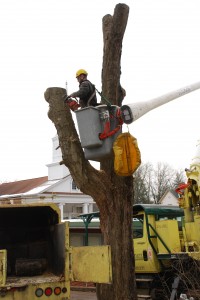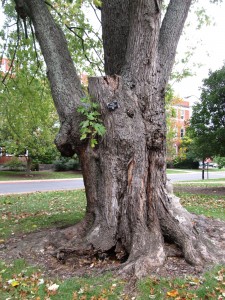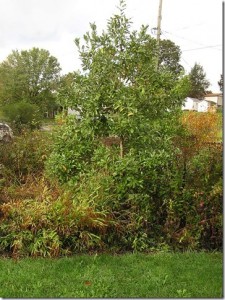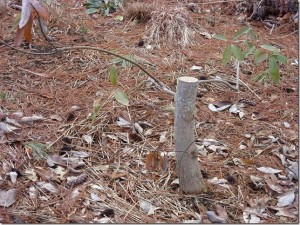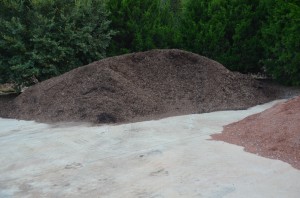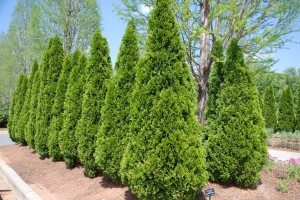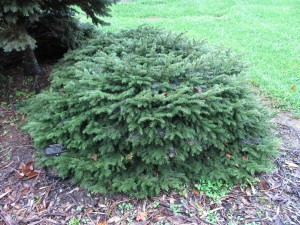Native to Korea and southwestern China, bee bee tree (Tetradium daniellii) is a deciduous tree with a spreading umbrella-shaped habit and rounded canopy (USDA hardiness zones 4-8). It was formerly named Evodia daniellii.
Bee bee tree typically grows to 25-30 feet tall and wide. In July-August small white flowers (sometimes tinged with yellow or pink) are flattened clusters (corymbs) up to 6 inches wide. Flowers are highly fragrant and quite showy. Summer blooming bee bee tree flowers when few other trees do so and is frequented by honey bees and many other pollinators
Flowers give way to reddish-purple seed pods that split apart when ripe. Each pod contains 2 shiny, buckshot-like, black seeds. Pods are highly ornamental and remain on the tree from late August to November. The red to black fruits are eagerly consumed by birds.
Lush opposite, pinnately compound leaves resemble ash (Fraxinus spp.). Individual leaves may be 18 inches long, comprised of 7-11 leaflets, each 2-5 inch long glossy dark green leaflets. Autumn leaf color is lacking; leaves typically fall when green to yellowish-green. Trunk bark is light gray and very smooth.
Bee bee tree thrives in moist, reasonably fertile, well-drained, mildly acidic soil. Plant it in full sun where it grows best, but it does tolerate moderate light shade. A newly planted tree grows rapidly and would make an ideal small lawn tree sited near a deck or patio. It is pest and disease trouble-free and grows rapidly in its early years.
Current availability of bee bee tree is from on-line specialty nurseries only.

